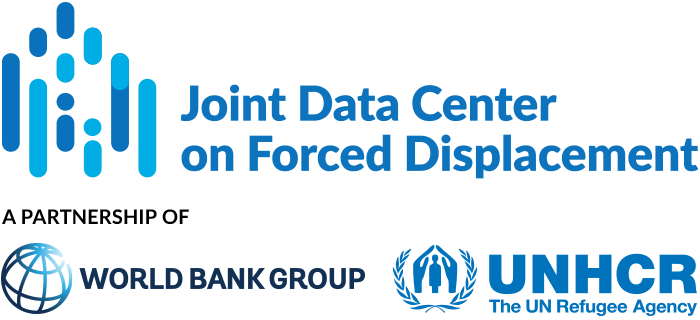This article investigates the relationships between healthcare attacks, conflict incidence, and internal displacement in Syria between 2016 and 2022. Over the 13 years of civil conflict in Syria, over 7.2 million people have been internally displaced, and 6.5 million refugees have fled the country.
JDC Literature Review
How Social Networks Shape Refugee Movements in Wartime: Evidence from the Russian Attack on Ukraine
This article investigates the factors influencing the destination choices of Ukrainian refugees in the European Union (EU) between March and December 2022.
Distributional impacts of cash transfers on the multidimensional poverty of refugees: The Emergency Social Safety Net in Turkey
This paper analyzes the impact of the Emergency Social Safety Net (ESSN) cash program on the multidimensional poverty of refugees in Turkey.
Life Out of the Shadows: The Impacts of Regularization Programs on the Lives of Forced Migrants
This paper investigates the well-being effects of a regularization program in Colombia designed to facilitate the social and economic integration of Venezuelan forced migrants.
Education and socioeconomic status as predictors of refugee mental health: insights from a study of Jordan-based Syrian refugee sample
This article investigates the mental health of Syrian refugees in Jordan and identifies the sociodemographic factors associated with mental distress. An estimated 1.4 million Syrian refugees live in Jordan.
Identifying the COVID-19 Transmission Channels on Poverty and Food Security in Refugee-Hosting Districts of Uganda
This paper investigates the mechanisms through which COVID-19 affected poverty and food insecurity in refugee-hosting districts in Uganda. Uganda hosts the largest refugee population in Sub-Saharan Africa, with approximately 1.5 million refugees.
Malnutrition trends in Rohingya children aged 6–59 months residing in informal settlements in Cox’s Bazar District, Bangladesh: An analysis of cross-sectional, population-representative surveys
This paper estimates malnutrition rates among Rohingya refugee children in Bangladesh. Since April 2017, more than 700,000 Rohingya refugees have fled violence in Myanmar, settling in makeshift settlements in Cox’s Bazar District, Bangladesh.
Estimating stillbirth and neonatal mortality rate among Rohingya refugees in Bangladesh, September 2017 to December 2018: a prospective surveillance
This article investigates neonatal mortality and stillbirth rates in Rohingya refugee camps in Bangladesh. An estimated 882,000 Rohingya refugees from Myanmar were forcibly displaced to Cox’s Bazar district of Bangladesh in 2017 and 2018.
Gender-based vulnerability: combining Pareto ranking and spatial statistics to model gender-based vulnerability in Rohingya refugee settlements in Bangladesh
This paper investigates the spatial and thematic variations in gender-based vulnerability of Rohingya refugees in Bangladesh. As of March of 2019, there were over 900,000 Rohingya refugees living in the Ukhiya and Teknaf Upazilas of Bangladesh.
Associations among past trauma, post-displacement stressors, and mental health outcomes in Rohingya refugees in Bangladesh: A secondary cross-sectional analysis
This paper examines the association between post-displacement stressors and mental health outcomes among Rohingya refugees in Cox’s Bazar, Bangladesh.


